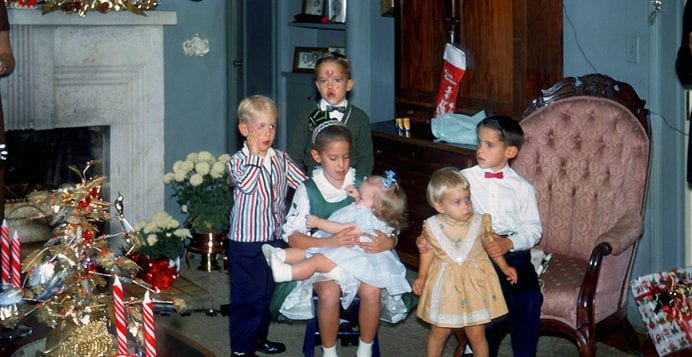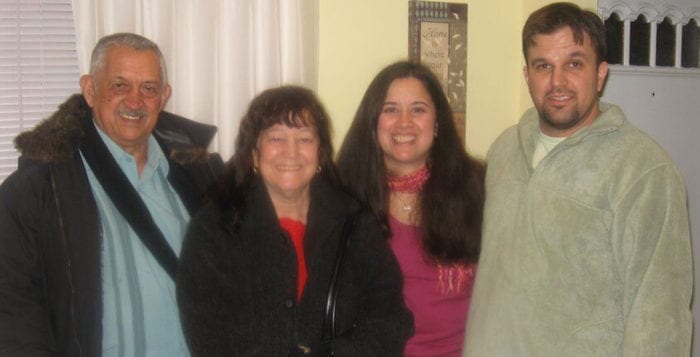By Barbara Beltrami
The winter holidays are a time of rewards. Toys for good little children. Electronic devices for good big children. Baubles and bangles and bicycles. Sweaters and scarves and sleds. (I don’t know…these days does Santa still leave coal for bad children?)
And of course, sweet indulgences for having endured the holiday hassle, the spartan salads and remarkable restraint of the past year’s daily fare, the life of lattes instead of lunch and denial instead of dessert.
From January to November with a few hops off the wagon in between, we all feel guilty about satisfying our sweet teeth (tooths?) But come December, it’s Wahoo! Bring on those cookies and candy canes and chocolate Santas. And hey! What’s for dessert?
Here are three of my favorite desserts for the holidays. They’re all festive enough for a holiday table and easy enough for a special family treat.
Apple Tart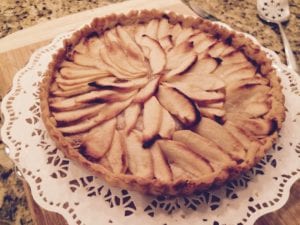
INGREDIENTS:
2 cups flour
1/2 teaspoon salt
2/3 cup solid vegetable shortening
2 teaspoons sugar
4 tablespoons ice water
3-4 Granny Smith apples, peeled, cored, and cut into thin crescent-shaped slices
1/4 – 1/3 cup granulated sugar
2 tablespoons butter, cut into small pieces
1/4 cup confectioners sugar (optional)
DIRECTIONS:
Preheat oven to 425 F. In an electric food processor, blend the flour, salt, vegetable shortening and sugar; pulse until the mixture resembles coarse meal. Add ice water and process again until mixture forms ball.
Remove, place between two sheets of waxed paper and roll out into large circle that will fit bottom and sides of a well-greased 8- or 9-inch spring form tart pan. Gently lift top paper away and invert crust over pan. Peel away bottom sheet. Spread and pat dough against bottom and sides of pan. With rolling pin, remove any irregular pieces from top edge of pan. (Don’t worry if you have to patch crust as the apple slices will cover it.)
Arrange apple slices in attractive circles to fill crust. Sprinkle with granulated sugar; dot with butter. Bake 30 to 40 minutes, until crust is golden and apples are tender. Set aside on rack to cool: Gently remove tart from pan by pushing bottom of pan up. It is best to avoid trying to remove tart from bottom, but go ahead if you are brave. Before serving, sift confectioners sugar over top, if desired.
Cheesecake with Raspberry Topping
INGREDIENTS:
For the crust:
2 cups graham cracker crumbs
1/2 cup granulated sugar
1/2 cup melted butter
For the filling:
Two 8-ounce packages cream cheese, softened at room temperature
5 large eggs, at room temperature, separated
1 teaspoon vanilla extract
2 tablespoons freshly squeezed lemon juice
1 cup granulated sugar
1 pint sour cream
For the topping:
1 pint fresh raspberries, gently rinsed and thoroughly dried
1/2 cup currant jelly, melted
Fresh mint sprigs for garnish
DIRECTIONS:
In a medium bowl, thoroughly mix graham cracker crumbs with sugar, then with melted butter. Line sides and bottom of 9-inch spring form pan (with flat bottom insert in place) with crumb mixture. Refrigerate for at least one hour.
Preheat oven to 350 F. In large electric mixer bowl, with mixer at medium speed or “cream,” beat cream cheese, egg yolks, vanilla, lemon juice and sugar until smooth. Add sour cream and continue beating until well blended.
In clean mixer bowl, beat egg whites until stiff. Fold into cheese mixture. Turn cheese mixture into crumb-lined pan. Bake 1 hour, then turn off oven and let sit in oven 1 hour longer. (When cake comes out of oven and cools, it may sink. Do not be alarmed! The berries will cover that.)
When cooled to room temperature, run knife blade around edge of pan to loosen crust. Be sure to keep blade pressed hard against inner rim. Unclasp side of pan and lift gently from bottom. Refrigerate until ready to serve or glaze.
Spread berries evenly around top of cake. With pastry brush, coat berries with melted jelly; let set. Refrigerate. When ready to serve, garnish with mint sprigs.
Profiteroles with Pistachio-Rum Ice Cream and Chocolate Sauce
YIELD: Serves 8
INGREDIENTS:
1 cup water
1 stick butter
1 cup flour
4 eggs
1 pint pistachio ice cream, softened but not melted
1 cup chopped red and green candied fruit or fruit peel
3 tablespoons rum
8 ounces semi-sweet chocolate pieces
8 ounces heavy cream
DIRECTIONS:
For the profiteroles: Preheat oven to 400 F. Grease a baking sheet. In medium saucepan, heat water and butter to rolling boil. Over low heat, vigorously stir in flour until mixture forms a ball. Remove from heat and vigorously beat in eggs, one at a time until mixture is smooth. Drop the dough into 8 equidistant mounds onto baking sheet. With finger tips, pat mounds into symmetrical domes. Bake 35 to 40 minutes, until puffed and golden brown. Allow to cool. With a sharp knife, slice about 1 inch off tops; reserve. Carefully and gently scoop out soft dough from center; discard. Five or 10 minutes before serving, let ice cream mixture soften a little; fill the puffs with it and top with reserved sliced-off tops. Stack into a pyramid and drizzle with chocolate sauce.
For the filling: Fold one cup of the candied fruit and the rum into the ice cream. Return to freezer.
For the sauce: In a small saucepan, heat cream and chocolate pieces together. Mix with wire whisk over medium-low heat until it reaches the consistency of chocolate pudding. Remove from heat. Let stand till just warm or room temperature. Refrigerate. Reheat in double boiler. Add more chocolate if sauce seems too thin. Let cool a little after reheating so it’s a little less runny.
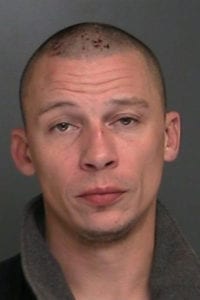


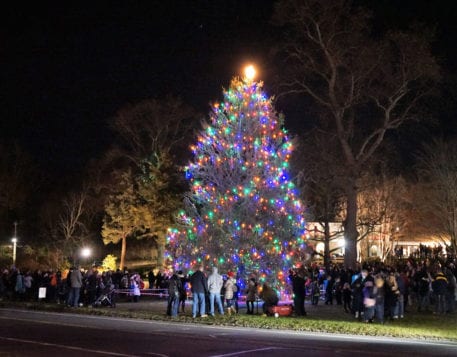



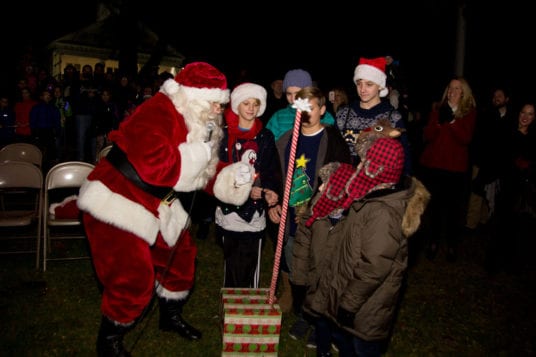
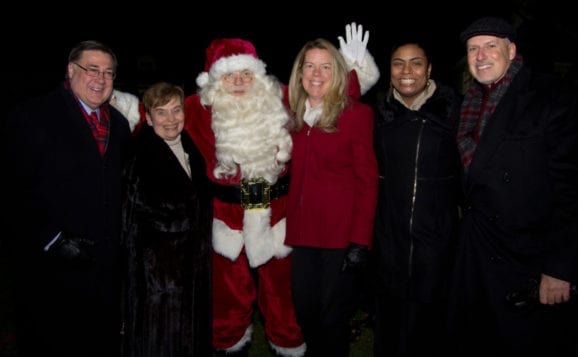

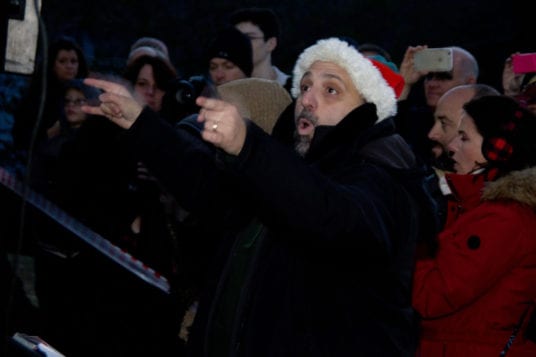

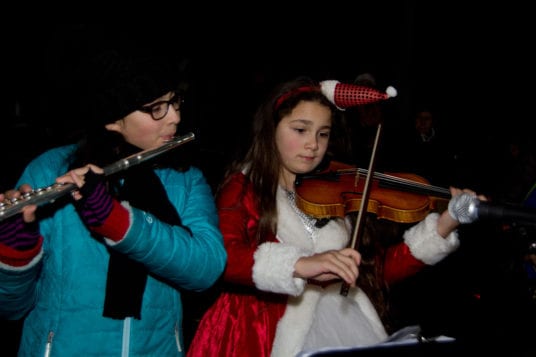
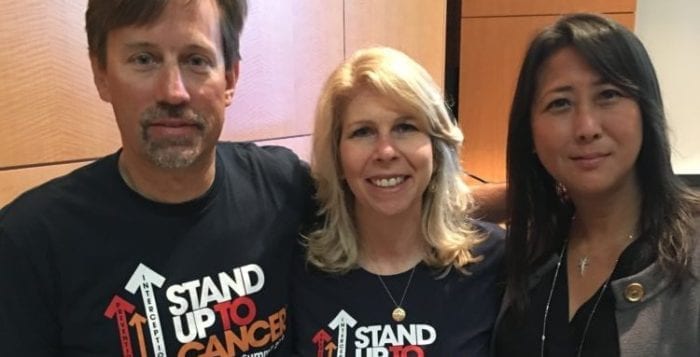
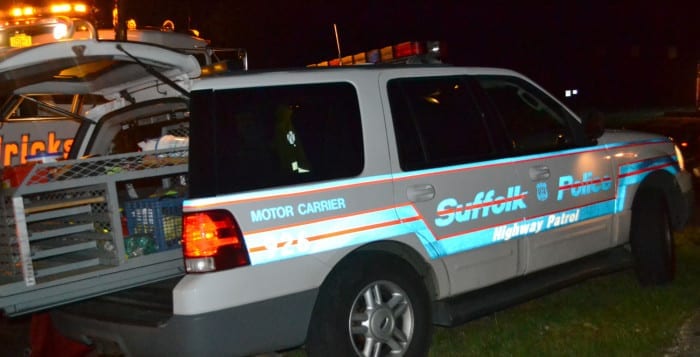


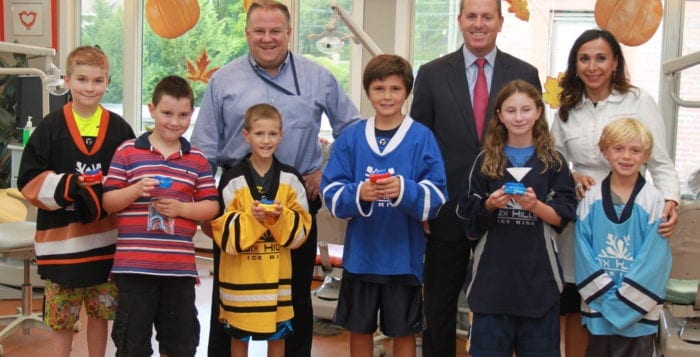
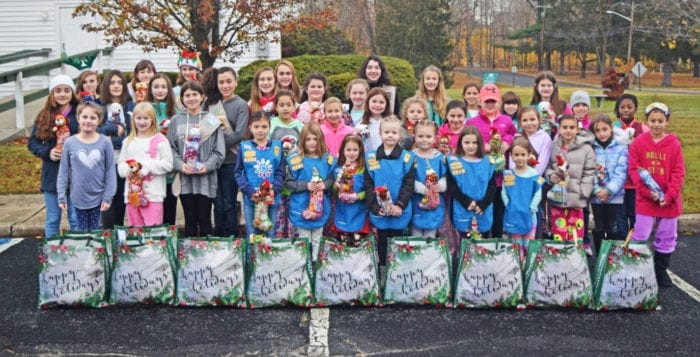
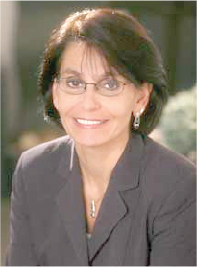 THE FACTS: With the holidays fast approaching, I’ve been thinking about making gifts of cash to my grown children. I’ve heard that I can give each child $14,000 without any negative tax consequences. I am not wealthy but, at this point, I believe I can afford to give each of my children $14,000. I know they could really use the money.
THE FACTS: With the holidays fast approaching, I’ve been thinking about making gifts of cash to my grown children. I’ve heard that I can give each child $14,000 without any negative tax consequences. I am not wealthy but, at this point, I believe I can afford to give each of my children $14,000. I know they could really use the money.